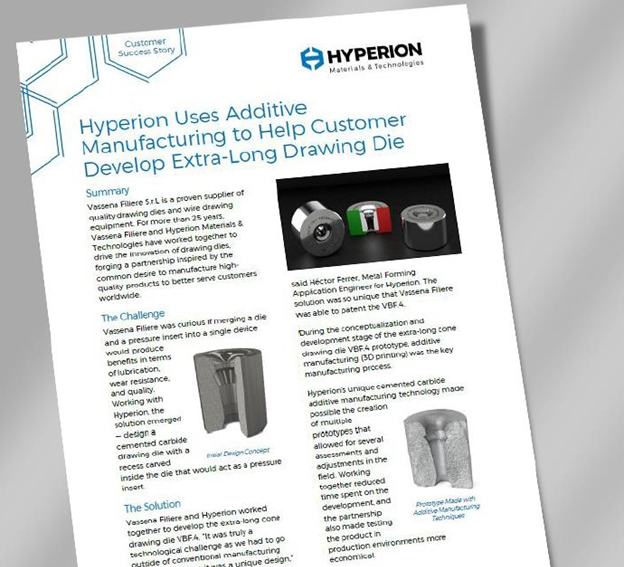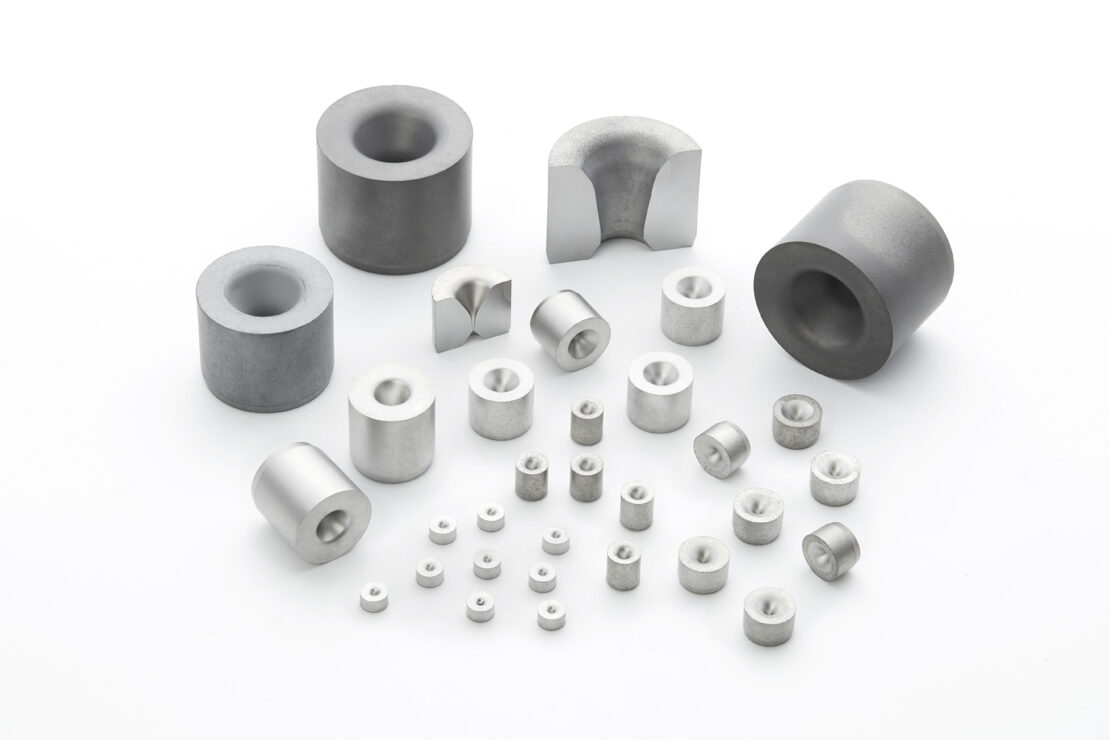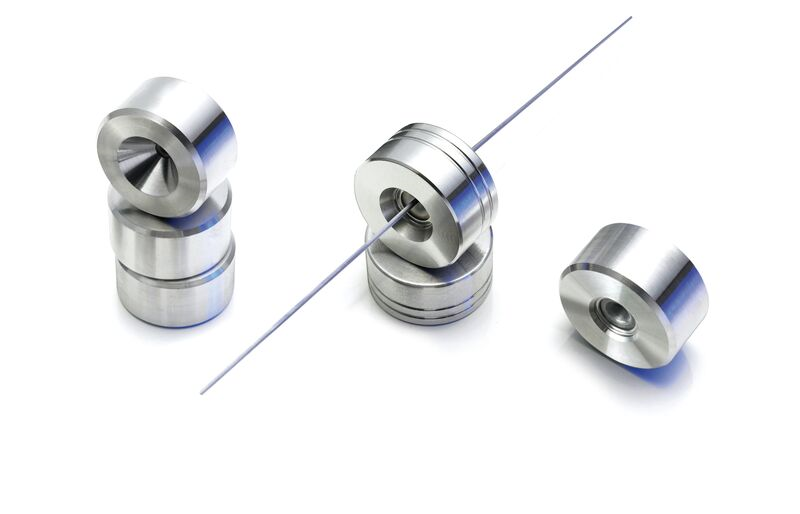
Additive Manufacturing
What is Additive Manufacturing?
Additive manufacturing (AM), also known as 3D printing, is a process used to create a physical object by layering materials one by one based on a digital model. Unlike subtractive manufacturing that creates its final product by cutting away from a block of material, additive manufacturing adds parts to form its final product. Additive manufacturing can encompass multiple processes, depending on the hardware, material requirements, and product application. There are various types of additive manufacturing processes dependent on the application. Some of these processes include VAT photopolymerization, binder jetting, material jetting, material extrusion, power bed fusion, sheet lamination, directed energy deposition, and metal casting. Hyperion Materials & Technologies is utilizing these different technologies to create new and complex parts for our customers!

Additive manufacturing aids in sustainability commitment
Compared to current manufacturing processes (subtractive manufacturing) there is significantly less material waste. Hyperion is expanding our Additive Manufacturing offerings, to increase the flexibility and manufacturability of parts for our customers. AM can be helpful for parts with extremely complex forms that with typical manufacturing practices, could not be accomplished. In addition, RTP powder is easily recyclable for AM processes. While prototyping is the original use of 3-D printing, many companies (including Hyperion) are now delivering reliable 3D-printed finished goods in both commercial and industrial applications. The capability to customize and tailor products helps manufacturers quickly create and deliver custom solutions to clients. Additionally, the sustainability metrics that Hyperion aspires to reach, can be attained with an uptick in AM. Hyperion values the environment and are committed to sustainability.

A customer testimonial
In 2022, the Hyperion Materials and Technologies Metal Forming Group had an awesome win with a customer regarding Additive Manufacturing. The team was excited and proud to share that they were able to help their longstanding partner, Vassena Filiere Srl develop and patent VBF.4, which is an extra-long cone die with improved lubrication, wear resistance, and other benefits in wire drawing applications. This project began with the need to manufacture a unique drawing die and led to a design that merged a drawing nib and pressure insert into a single device. In addition to providing our deep materials and application expertise, we applied our innovative tungsten carbide additive manufacturing (3D printing) technology, which was critical in manufacturing prototypes during conceptualization and testing. The partnership between Hyperion and Vassena Filiere spans more than 25 years. This is an example of how we partner with customers to help them develop the products that make them better.

Looking forward to the future of additive manufacturing
When asked about the impact of Additive Manufacturing in the carbide industry, one of our senior R & D Engineers, who has been heavily focused on Additive Manufacturing said: “I think it’s very cool to be able to solve issues for customers that currently cannot be solved. Not just working with the technology today but exploring the future of the technology. It’s exciting to be able to fulfill the expectations of any customer who has a complex part. To be able to say, “we have this technology and custom materials, and we can make this part for the customer”.
Reach out today if you possibly have an application for 3D printed carbide components: Additive Manufacturing | Optimal Material Design and Quality (hyperionmt.com)








